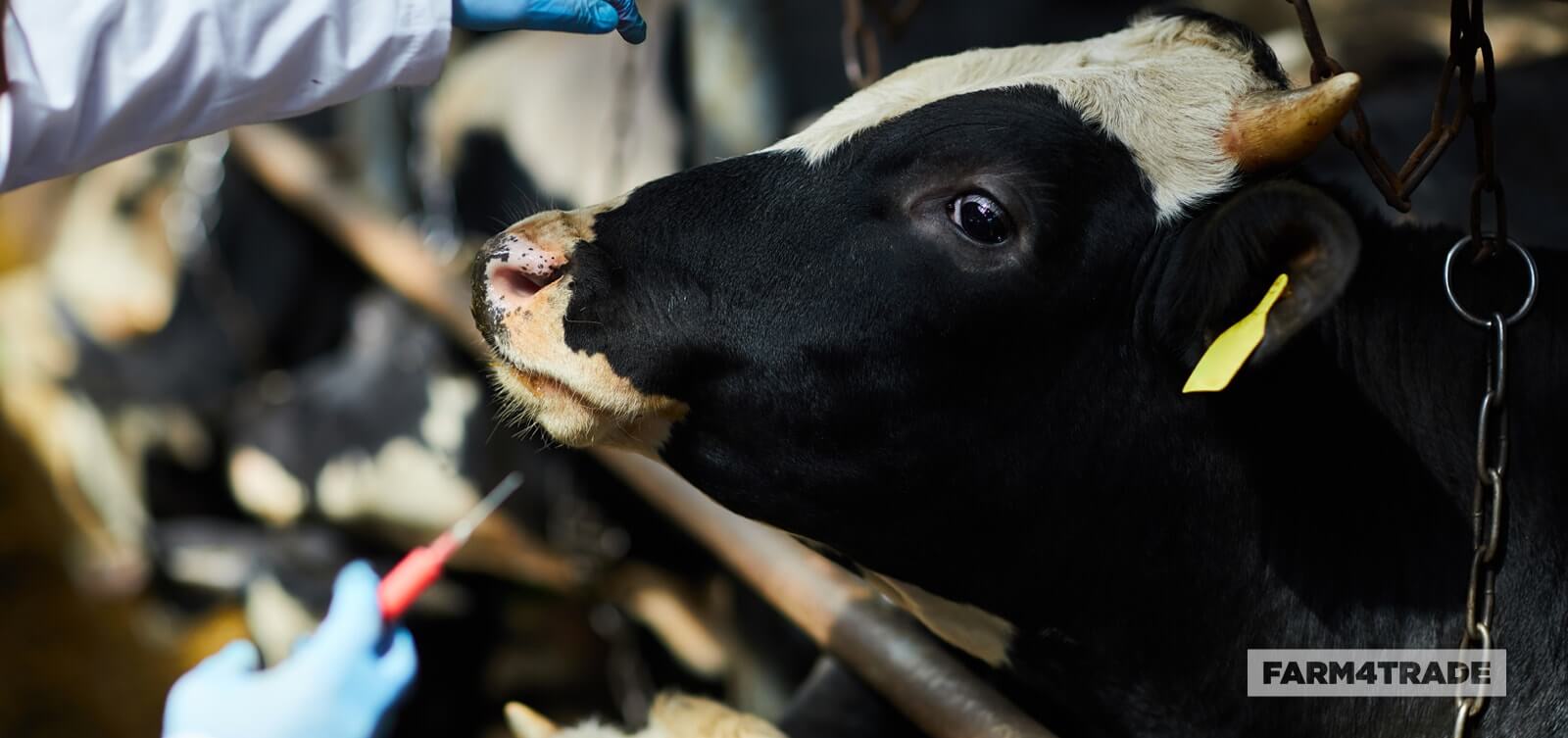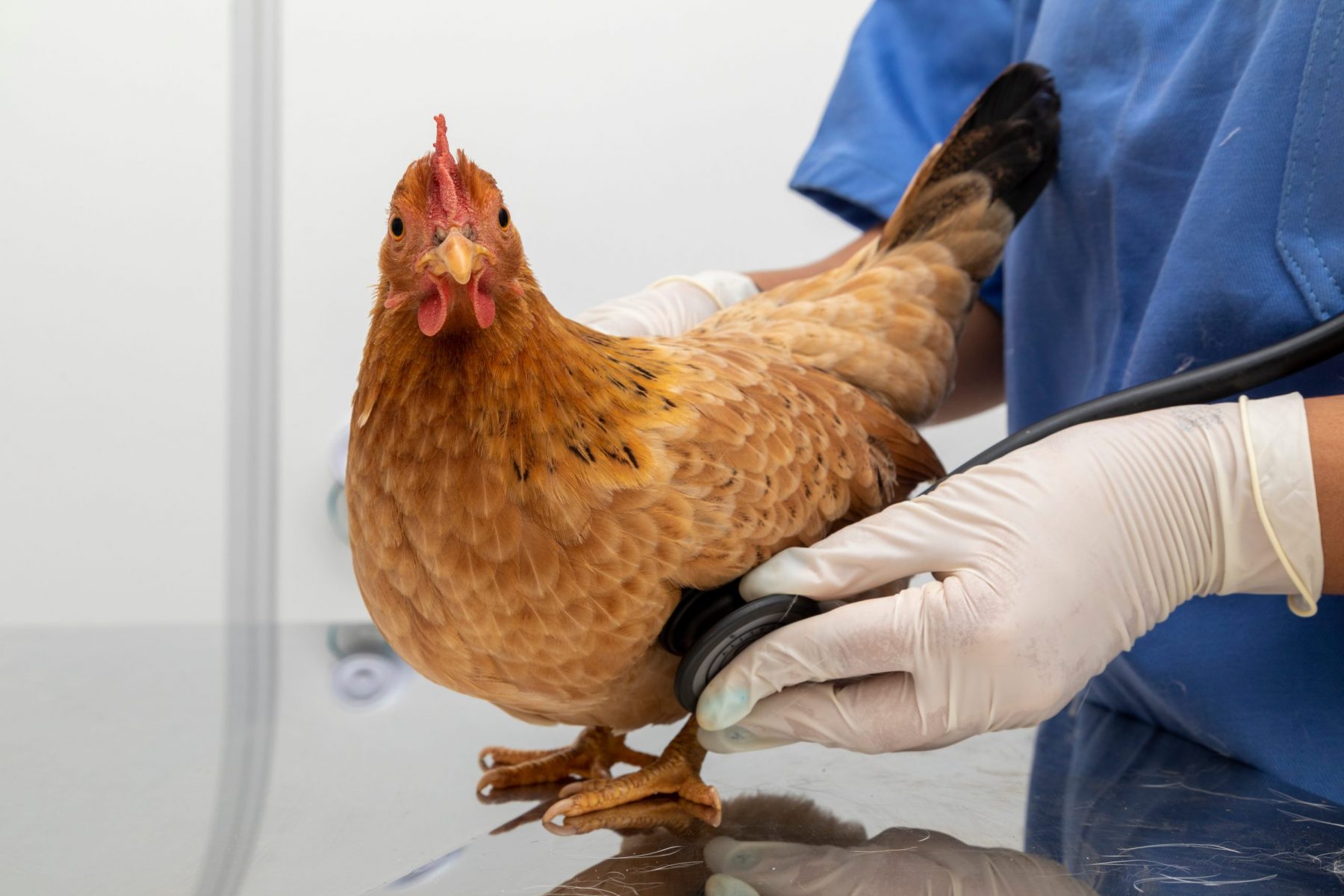The Importance of Vaccination in Livestock Production
In modern livestock production, one of the most effective tools for ensuring healthy animals, sustainable farming, and higher productivity is vaccination. Just like in humans, vaccines play a critical role in preventing deadly diseases, reducing economic losses, and improving overall farm efficiency. For farmers who want to maximize profit and reduce risks, vaccination should never be overlooked.
1. Protects Animals from Deadly Diseases
Livestock are constantly exposed to pathogens that can cause serious illnesses such as Newcastle disease, Gumboro, Anthrax, Foot-and-Mouth Disease, and Avian Influenza. Vaccines help build immunity in animals, preparing their bodies to fight these infections before they cause harm. This protection ensures better survival rates and healthier herds or flocks.
2. Improves Farm Productivity
Healthy animals eat better, grow faster, and reproduce more effectively. By preventing disease outbreaks, vaccination allows farmers to achieve better weight gain, higher egg production, and improved milk yield. This directly translates into higher profits and reduced production costs.
3. Reduces Economic Losses
A single disease outbreak can wipe out months or even years of investment. Vaccination is a preventive measure that saves farmers from costly treatments, reduced market value of sick animals, and losses from mortality. In fact, the cost of vaccination is much lower than the losses associated with disease outbreaks.
4. Promotes Food Safety and Public Health
Some livestock diseases can spread from animals to humans (zoonotic diseases). Vaccination reduces the chances of such diseases being transmitted through meat, milk, and eggs. By keeping animals healthy, farmers also contribute to the production of safe and wholesome food for consumers.
5. Supports Sustainable Farming
Vaccination minimizes the overuse of antibiotics and other medications, helping to reduce drug resistance in both animals and humans. It also aligns with global best practices in animal welfare and sustainable farming, making vaccinated farms more competitive in local and international markets.
Conclusion
Vaccination is not an expense—it is an investment in the health, productivity, and profitability of livestock. Farmers who adopt regular vaccination programs not only secure the future of their farms but also contribute to food security and public health.
At Vettech Solutions Ltd, we provide professional vaccination services, quality vaccines, and expert veterinary guidance to keep your animals healthy and productive. Contact us today at www.vettech.ng to schedule your farm vaccination program.



